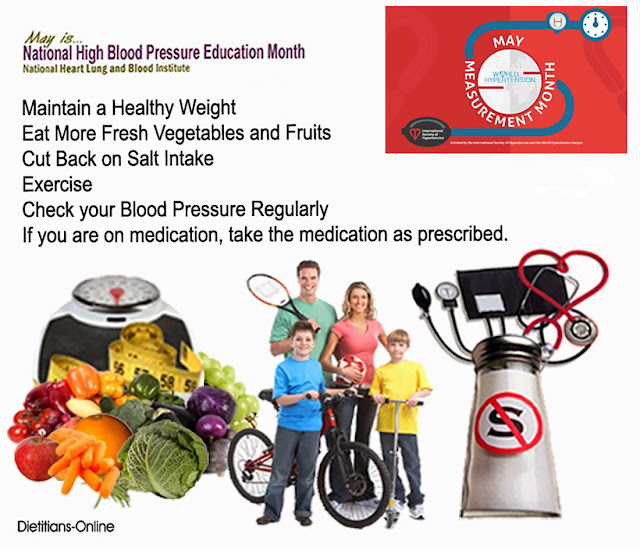The World Hypertension League (WHL) is a division of the International Society of Hypertension (ISH) and is in official relations with the World Health Organization (WHO).
Every year, 17 May is dedicated to World Hypertension Day (WHD). World Hypertension Day was established to highlight preventable stroke, heart, and kidney diseases caused by high blood pressure and to communicate to the public information on prevention, detection, and treatment.
What is Blood Pressure?
Blood pressure is the force applied against the walls of the arteries as the heart pumps blood through the body.
Know Your Blood Pressure Number
The first number, systolic blood pressure, measures the maximum pressure exerted as the heart contracts. A measurement over 90 and under 140 is generally considered normal for an adult.
The lower number indicates diastolic pressure is a measurement taken between beats when the heart is at rest. A measurement over 60 and under 90 is generally considered normal for an adult.
High Blood Pressure is a Global Epidemic. Over 1.5 billion people worldwide suffer from high blood pressure (or hypertension).
4. Exercise
5. Check Your Blood Pressure Regularly
6. If you are on medication, take the medication as prescribed.
National Heart, Lung, and Blood Institute (NHLBI). National High Blood Pressure Education Program
























